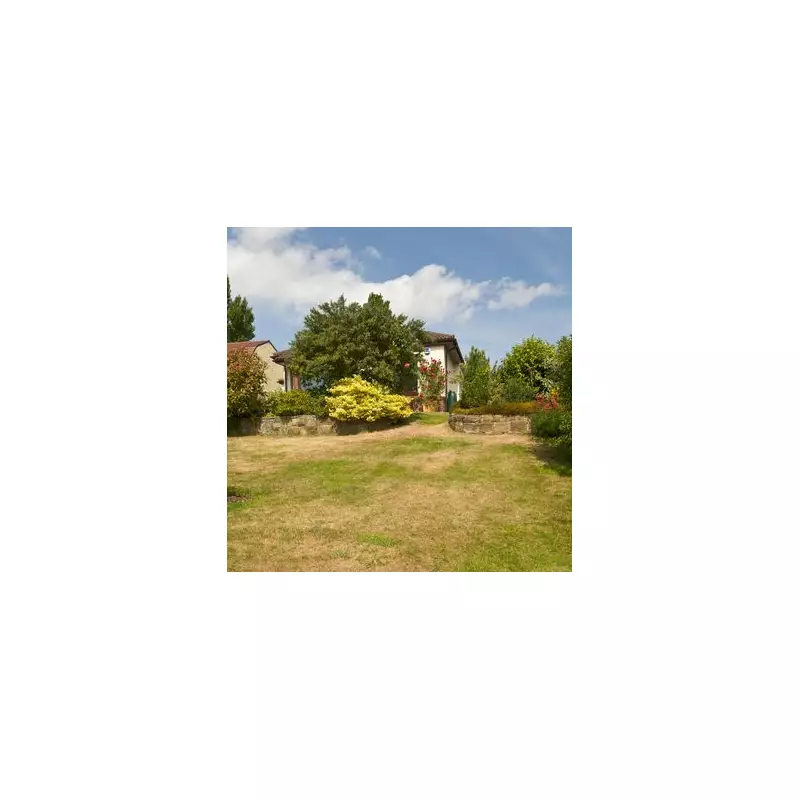
As autumn settles across British gardens, a silent menace begins to creep through our lawns, turning lush green grass into patchy, pink-tinged disappointment. Red thread disease, the seasonal scourge that plagues homeowners every year, is making its unwelcome return.
What Exactly Is Red Thread Lawn Disease?
This common fungal infection, scientifically known as Laetisaria fuciformis, appears as irregular pink or red patches across your turf. The tell-tale sign? Actual red, thread-like structures extending from grass blades that give the disease its name.
"Red thread thrives in the damp, mild conditions typical of British autumns," explains a leading horticultural expert. "It's particularly fond of lawns that are under-nourished or struggling with poor drainage."
Spotting the Warning Signs Early
Early detection is crucial for effective treatment. Watch for these symptoms:
- Pinkish-red patches ranging from 5cm to 30cm in diameter
- Coral-pink fungal growths visible in morning dew
- Thread-like structures extending from grass tips
- Straw-coloured dead grass surrounded by pink edges
Your Action Plan for a Healthy Lawn
Don't panic if you spot the warning signs. Here's your battle strategy:
- Improve drainage by aerating compacted areas
- Apply nitrogen-rich fertiliser to strengthen grass growth
- Rake affected areas to remove dead material
- Adjust watering habits - water deeply but less frequently
- Collect grass clippings to prevent spread
Prevention Beats Cure Every Time
Regular maintenance is your best defence against this autumn invader. Ensure your lawn receives proper feeding throughout the growing season, maintain good airflow by not letting surrounding plants become overgrown, and avoid cutting grass too short as autumn approaches.
While red thread rarely kills lawns completely, it can leave your garden looking tired and neglected. With proper care and timely intervention, you can maintain that coveted green carpet through the autumn months and beyond.





